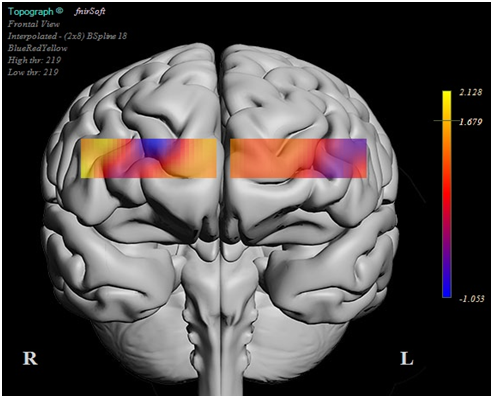Ph.D. Candidate: Hatice Gonca Bulur
Program: Cognitive Science
Date: 26.01.2024 / 11:00
Place: A-212
Abstract: People make decisions in almost every moment of their lives. Therefore, understanding the fundamentals of decision making behaviour receives a lot of interest. This study aims to understand individuals’ decision making behaviour under risk and uncertainty by bringing insights from computational cognitive modeling and neuroscience perspectives. Two functional near-infrared spectroscopy (fNIRS)-based Balloon Analogue Risk Task (BART) experiments (perfect gambling, probability learning) are conducted to obtain measures related to risk-taking behaviour and risk probability learning. The collected data from the participants is analyzed with relevant neural and statistical techniques. Behavioural data analysis results indicate significant differences between balloon colours (explosion probabilities), two conditions (gambling vs probability learning) and balloon presentation orders (constant, mix) on the number of pumps, total points earned and adjusted average number of pumps. The mean value of the gambling condition is higher than the probability learning case for all measures, which indicates higher risk taking. fNIRS data analysis findings show that the difference between two conditions for mixed blocks is the strongest at the the right dorsolateral prefrontal cortex (dlPFC) due to more cognitive challenge in the perfect gambling case. The separation between conditions is mostly in the balloon with the highest explosion probability. The acquired data is benefited to jointly model participants’ intended number of pumps in BART so that an explanation for the projections of the fNIRS data can be ensured from the model.
